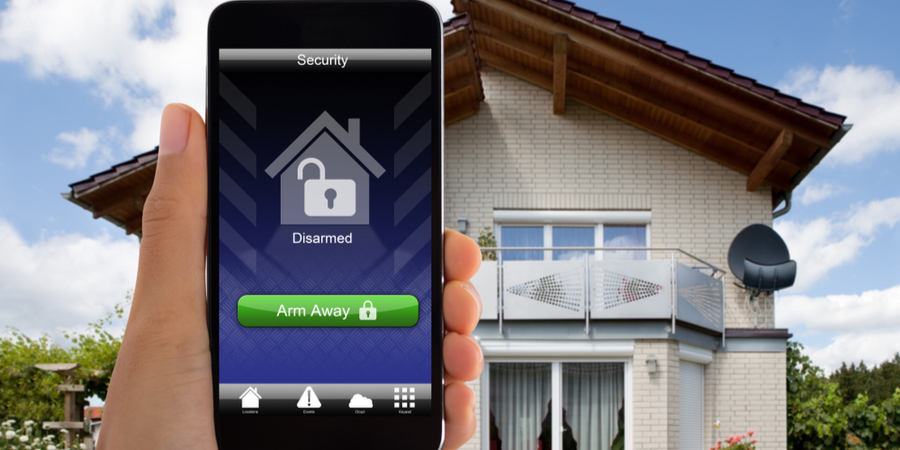Dynamic DNS in Wireless CCTV Systems For Beginners
Wireless internet CCTV, also known as IP CCTV, communicates through your broadband line and onwards to the internet. This can cause problems if your home broadband has a dynamic IP address because when you want to connect to your cameras from outside, you won’t know what that address is. This article shows you how to overcome the problem by using Dynamic DNS.
Most home ADSL packages still give you a dynamic or changing IP address, which is simply the address of your home’s network on the internet. These addresses are allocated from a pool of available addresses and allow the internet provider to have fewer addresses than customers, saving money. This used to work well because early broadband modems “dialed” a connection when the attached computer requested it, rather like the old dial-up modems. Nowadays, though, modern wireless modem/routers tend to remain connected permanently, so we are reaching the point where the internet provider is having to allow one IP address per customer and may as well allocate a static or unchanging one. However, as of today most people have dynamic addresses and this is an obstacle to contacting your wireless internet camera in San Francisco, CA, as I will explain in the next section.
Just as your broadband line has an IP address, so your camera has its own address or port. For example, if your home IP address is 91.103.218.59 and the camera’s port is 8765, assuming your router is set up with port forwarding (outside the scope of this article) you can contact your camera by typing “http:// 91.103.218.59:8765” into a browser window. This may work today, but by tomorrow that 91.103.218.59 IP address could have been allocated to someone else, and you will not find your camera on the end of it anymore. This is where Dynamic DNS or just “DDNS” comes in.
DDNS allows you to contact your wireless internet CCTV camera using an address that never changes, even when your broadband’s IP address changes. It requires two things to work: a DDNS service provider and a router or camera that offers DDNS support. Most modern wireless routers offer DDNS support, but few internet CCTV cameras do. If either the camera or the router offers this feature, all is well. First, you visit the website of the DDNS service provider and sign up for an account. The most popular provider is dyndns.com and it’s free. You choose your own unique internet address such as “mywirelesscamera.dyndns.org” and you will also have a username and password. (Incidentally, the purpose of this service is simply to make that link between your IP address, whatever it happens to be at the time, and a fixed address or domain name.) Having registered a DDNS account, next you log into your router’s administration pages and find the DDNS section. Here you simply key in the DDNS provider name, your account details, and the address that you chose. Now, whenever your broadband provider in San Francisco,CA changes your home IP address, your router will tell dyndns.com, and this means you can always contact your camera from wherever you happen to be, by keying the same unchanging address into a browser window, in our example: “http://mywirelesscamera.dyndns.org:8765”.
There are a lot of myths surrounding Dynamic DNS. I hope this article has explored a few of them and given you enough information to keep your wireless internet cameras accessible from the internet.

